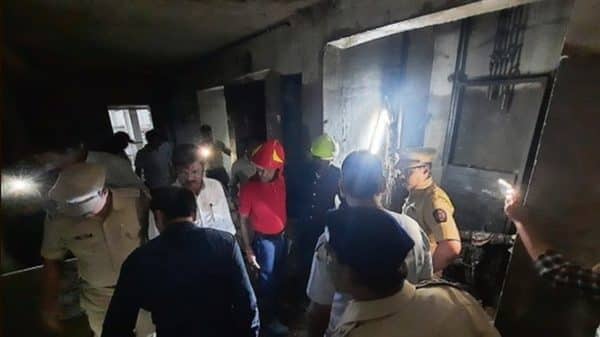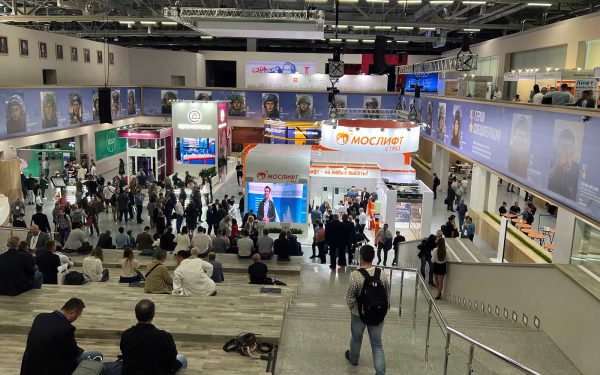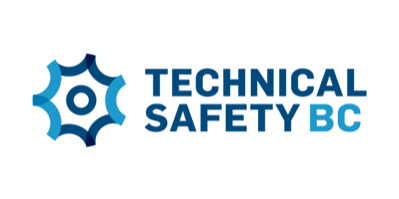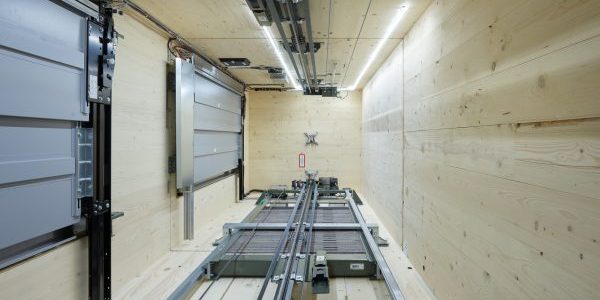[…] News India’s CCI Greenlights ATC’s Stake in TKE and Saudi JV April 24, 2025 Doctor Crushed by Elevator in Apartment Complex in India April 21, 2025 77-Year-Old Dies After Falling on Escalator in India April 16, 2025 Passengers Trapped in Failing Elevator in Indian Governmental Building April 15, 2025 Otis India To Supply 65 […]
>> Read More[…] 40-story building under construction in Balkum, Thane West, India, the Hindustan Times is among outlets to report. Other outlets have reported that all seven of the workers died. According to Regional Disaster Management Cell (RDMC) officials, the building was completed, and waterproofing was under way on the roof. After completing the waterproofing, the seven […]
>> Read More[…] City in the World,” a variety of outdoor experiences can be found less than an hour away at Lake Tahoe. As summer comes to an end, tourism dies down — and so do the afternoon winds — warming the water of the largest alpine lake in North America. Clear skies also bode well for […]
>> Read MoreA 61-year-old woman was recently found dead after being trapped in an elevator in a residential building for several hours in Palermo, Italy, the Mirror reports. The elevator was stuck between two floors following a power cut, officials believe. An autopsy has been arranged for the woman, who officials believe may have succumbed to the…
>> Read MoreA man died as a result of injuries sustained from falling from an escalator at Acrisure Stadium in Pittsburgh after a Steelers National Football League (NFL) football game on October 2, CNN is among outlets to report. Pittsburgh Police said officers and emergency personnel arrived on the scene at approximately 4:45 p.m. and treated […]
>> Read More[…] man has been taken in for questioning after the death of a six-year-old at a hospital in Playa del Carmen, Mexico, Riviera Maya News reports. The girl died after becoming partially stuck in a moving elevator. According to preliminary information, the child was placed on a stretcher and walked onto an elevator with hospital […]
>> Read More[…] tent fairgrounds while the Russian manufacturers took their places at the two-story 57th hall consisting of a foyer. In the closed hall, pictures of Russian soldiers who died in boots were the most important evidence of the fact that this event was actually held under the shadow of war. The official opening ceremony entertained […]
>> Read MoreSeven construction workers died and another was injured in an elevator collapse on September 14 at an under-construction building in Ahmedabad in western India, Times Now is among outlets to report. The elevator was on the seventh floor with all eight workers inside when it “caved in,” the source said, quoting reports, which also […]
>> Read More[…] the source. There are several other paternosters in Prague, but not all are accessible to the public. Paternosters have a reputation for being dangerous and are no longer allowed to be constructed in some countries. Most recently, a man died in May in Berlin, Germany, while trying to descend floors on this type of machine.
>> Read MoreThe Associated Press has reported that a man died on May 25 after an accident involving an old-fashioned jump-on, jump-off elevator — or paternoster — in Berlin, according to authorities in the German capital. The accident happened in a building in a central district, and 30 officers were sent to the scene, according to […]
>> Read More














